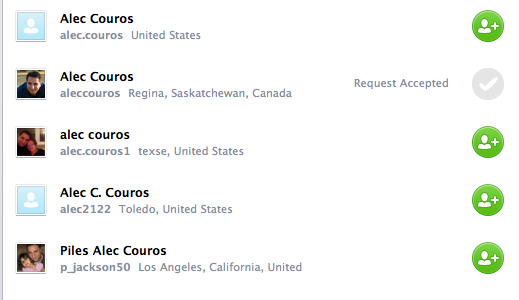Last September, I wrote a post about how scammers had been using my photos to lure women into online, romantic relationships for the purpose of ‘borrowing’ or extorting money. Since that time, the scams have continued. I get, on average, one new report a day from women (and occasionally men) who have been tricked, or nearly tricked, into sending money. In many cases, individuals have reported forming deep attachments or even falling in love with these scammers. This has been a frustrating predicament that has been going on for many years now. In this post, I thought I would share a few of the things that I’ve learned about the scams, the scammers, and their potential victims. Here we go.
- These scams are likely not perpetrated by a single individual. In fact, they are most likely perpetrated by groups of individuals, or even gangs, most likely situated in Nigeria or Ghana. These are typically known as “romance scams“, and I feel strongly that recognizing and understanding these types of scams are essential skills for digitally literate individuals.
- These scams take place over a number of popular social networking and communication tools. While I’ve taken down nearly 50 fake Facebook profiles, I’ve also had my photos appear in profiles set up on dating sites such as eHarmony, Christian Mingle, Match.com, and Plenty Of Fish. There are also dozens of Skype accounts that have been created using my photos. The ones that concern me the most are those that actually use my name and photos. For instance, if you search ‘alec couros’ on Skype, you will get five accounts under my name. Only one of them is mine (‘aleccouros’ is legit, btw), and three have photos of me. It worries me that my friends or professional contacts may connect to one of the fraudulent accounts.

Searching ‘alec couros’ on Skype gets these results
- Continue reading
